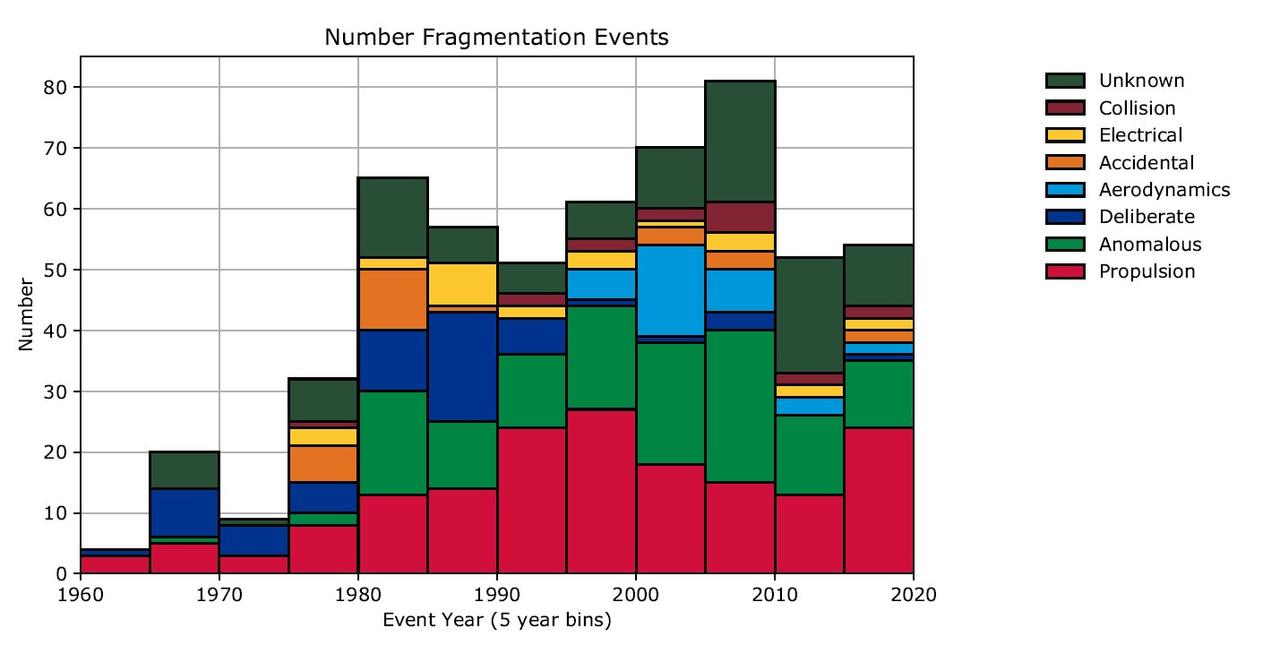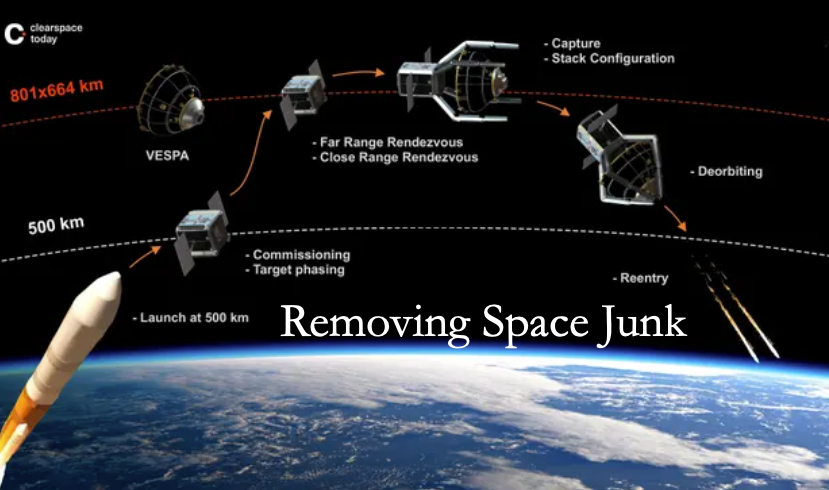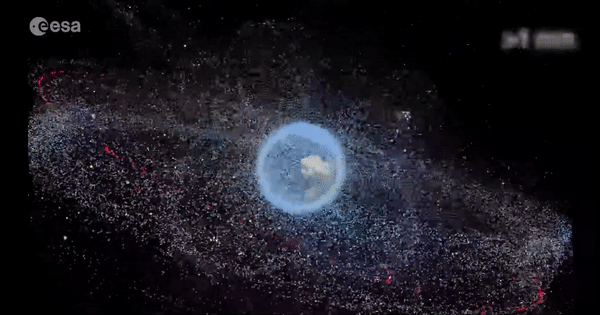Fears Of “Explosions In Orbit” As Space Junk Crisis Worsens
Tyler Durden
Wed, 10/14/2020 – 23:45
Ever since the start of the space age in 1957, with the launch of the Soviet Union’s Sputnik 1, the world’s first artificial Earth satellite, thousands of new satellites and dangerous space debris have been jamming up Earth’s orbit, warns the European Space Agency (ESA).
The ESA, which monitors space debris, recently published its annual report on the current state of space junk, describes how accumulating rocket boosters, defunct satellites, and spaceborne shrapnel poses a significant risk to spacecraft.
“The biggest contributor to the current space debris problem is explosions in orbit, caused by left-over energy—fuel and batteries—onboard spacecraft and rockets. Despite measures being in place for years to prevent this, we see no decline in the number of such events. Trends towards end-of-mission disposal are improving, but at a slow pace,” Holger Krag, head of ESA’s Space Debris Office at ESOC in Darmstadt, Germany, who was quoted by RT News.
Earlier in the year, two older satellites almost collided, meanwhile three separate incidents resulted in near space junk crashes with the International Space Station (ISS). In at least one incident, ISS had to use emergency thrusters to move the station out of the path of space debris.
At the moment, there are an estimated 160 million objects in orbit, and the ESA predicts that collisions between debris and working satellites are high risk.
“In view of the constant increase in space-traffic, we need to develop and provide technologies to make debris prevention measures fail-safe, and ESA is doing just that through its Space Safety Programme. In parallel, regulators need to monitor the status of space systems as well as global adherence to debris mitigation under their jurisdiction more closely,” Krag said.
The number of “fragmentation events” has soared over the last three decades.
Planned for 2025, the ESA recently awarded the Swiss startup company Clearpace, a $117 million contract, to remove space debris from orbit.
If readers are curious to just how much space junk is floating above, the ESA’s animation shows an incredible view of all the debris:
The more debris in orbit, the more dangerous space travel becomes – this is happening when the booming private space industry is gearing up to start mining the moon later in the decade. ESA suggested it could be up to the private space industry to deal with all the junk.


